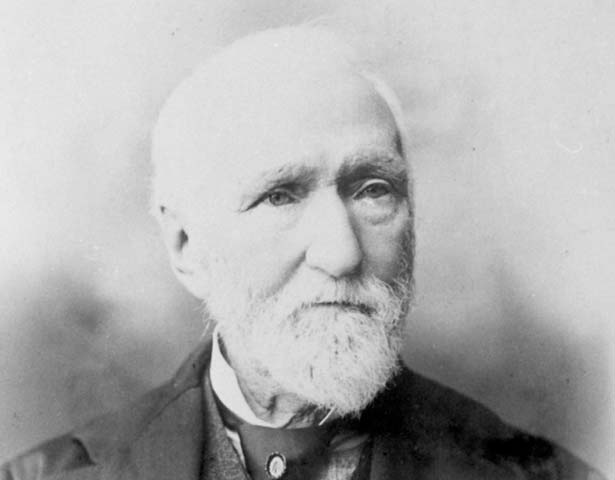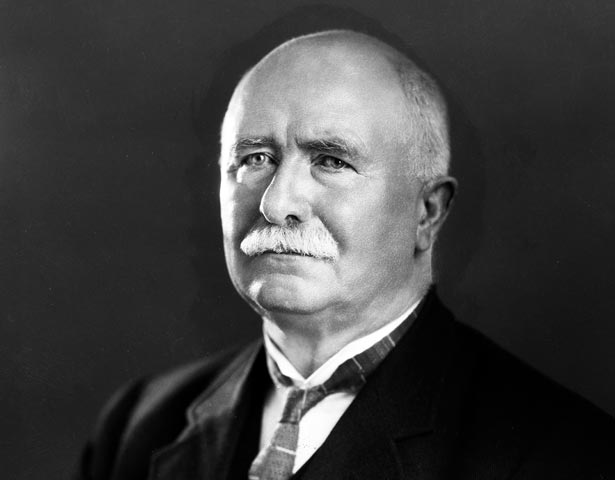While many Irishmen have travelled
the globe to take up State roles, one politician has travelled in the opposite
direction. Edward Blake’s father was from County
Wicklow and Edward was born in 1833 in
what is now Ontario , Canada
Edward joined the legal profession
and began to practice in what became one of Canada ’s biggest law firms. He
entered politics and was elected as a Provincial MP for the Blake South
Constituency in the Ontario Parliament. His Irish background was an important
factor as two thirds of Irish immigrants at the time lived in the province of Ontario
By 1868, Blake had become leader of
the Ontario Liberal Party then in opposition. On December 20th 1871 he was appointed
Premier of Ontario and under a dual mandate rule whereby he served in both the
provincial and the Federal parliament he helped bring down the scandal ridden
government of Sir John McDonald and while he was offered the Premiership of
Canada he turned it down due to ill health. Following the 1874 General
Election, Blake was appointed Minister for Justice in the Government of Liberal
Party Leader Alexander McKensie. Following the party’s electoral defeat in
1878, McKensie resigned and Blake became the leader of the Liberal Party now in
opposition. They lost the subsequent election of 1882 and 1887 to the
Conservative Party.
Ill health was again playing a
factor in his life and he decided to quit Canada
and found himself in London .
He was then recruited by the Irish nationalist party to stand in the July 1892
General Election in the South Longford constituency in Ireland . He
officially represented the Irish National Federation that emerged during the
split in the Irish home rule movement following Charles Stewart Parnell’s
affair with the married Kitty O’Shea. He was elected a Home Rule MP defeating
Liberal Unionist candidate George Miller garnering 88% of the vote with strong
local clerical support. An estimated crowd of 8000-10000 gathered in a field
outside Longford to hear a victorious speech from their new MP Edward Blake.
The gathering was described by the Toronto World newspaper as ‘the greatest
demonstration ever seen in Ireland ’
Many described it as similar to the
great meetings of Daniel O’Connell and his speech was described as in the mould
of the great orator.
At meeting in London attended by Prime Minister William
Gladstone in August 1892
‘All of Canada ’s
experience with home rule justified Ireland in seeking the same measure
of self government’ declared Blake. He was returned unopposed in 1895, 1900 and 1906 as an Irish Nationalist as the
split was healed after the tumult of Parnell’s departure. Blake raised
thousands of dollars in Canada
to save the Irish Parliamentary Party from financial ruin
Blake’s political foresight led him
to write in the early years of the twentieth century
‘If home rule were not granted, Irelands
discontent will increase perhaps to the point where nothing sort of complete
separation will satisfy her’
Following a stroke he retired 1907 as
an MP on health grounds and returned to Canada . In 1912 he died in Toronto .





